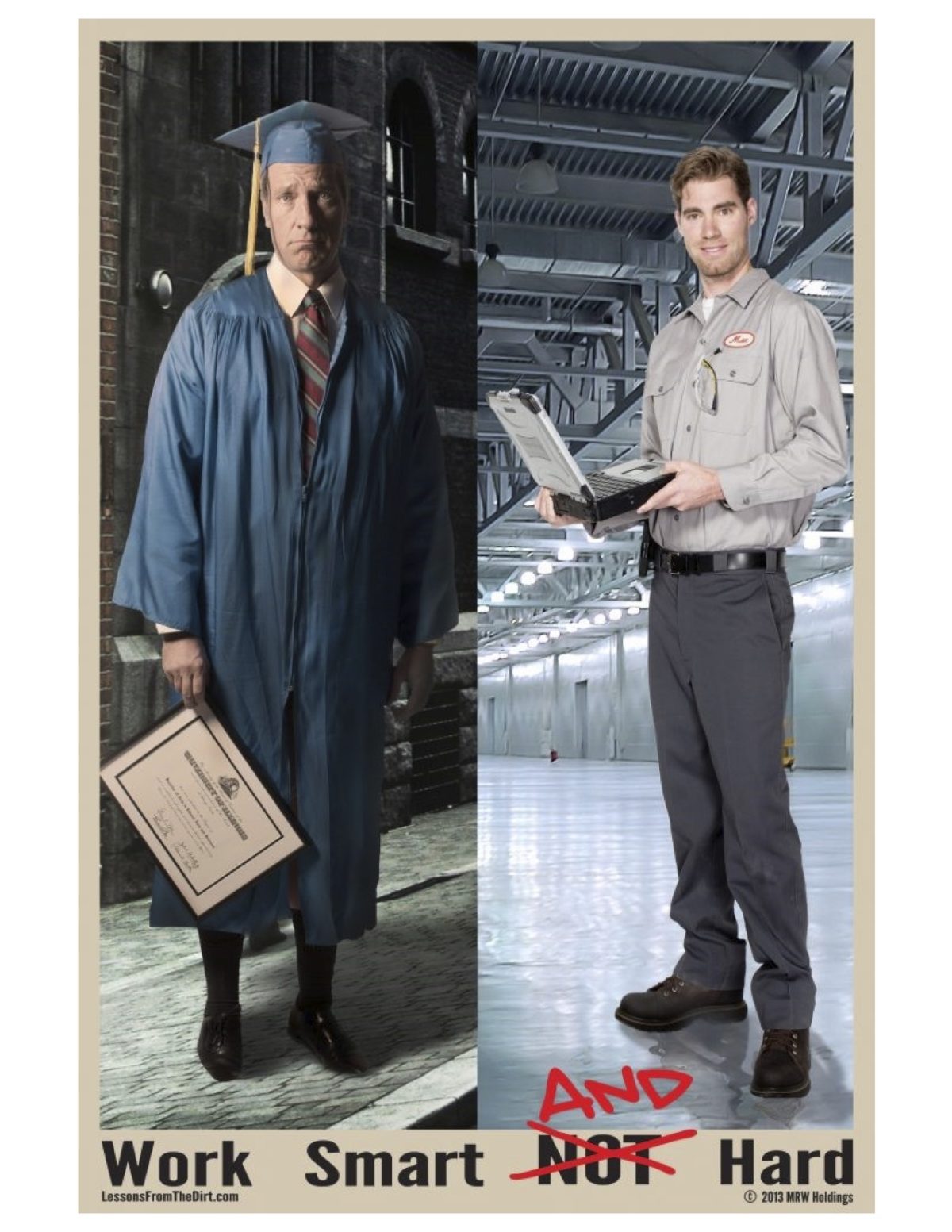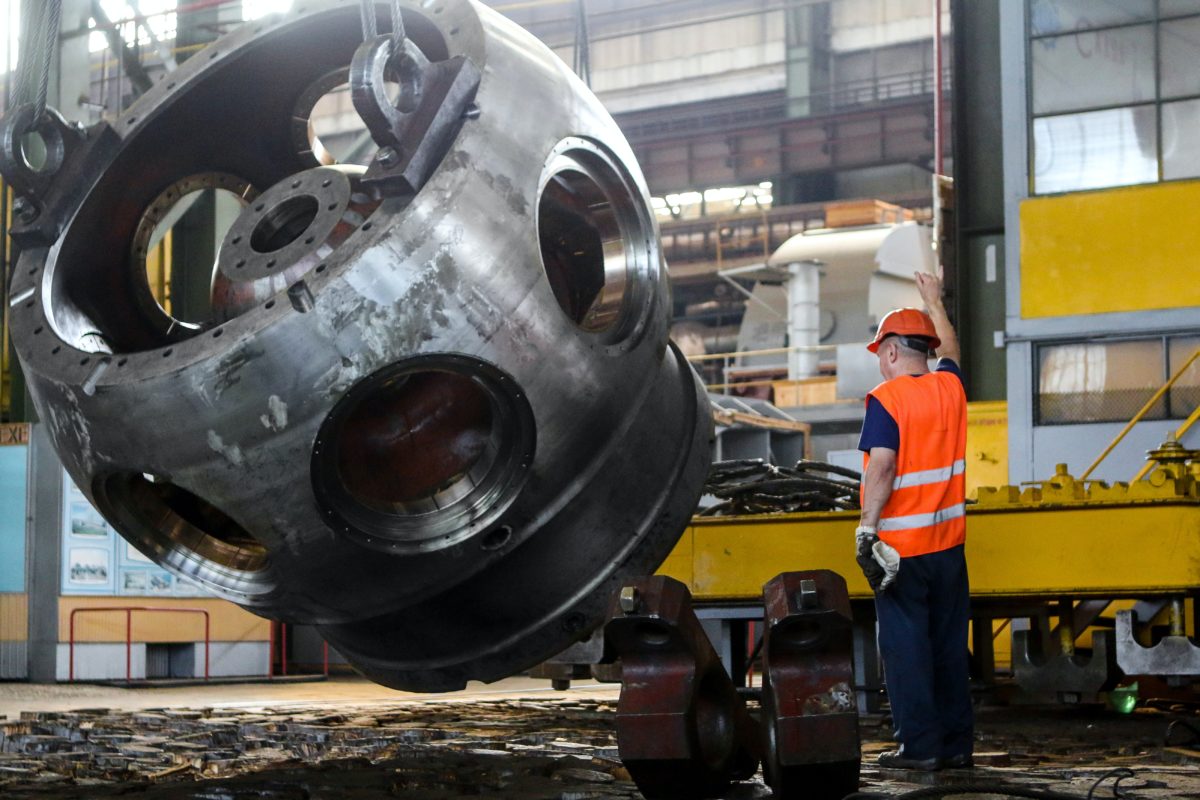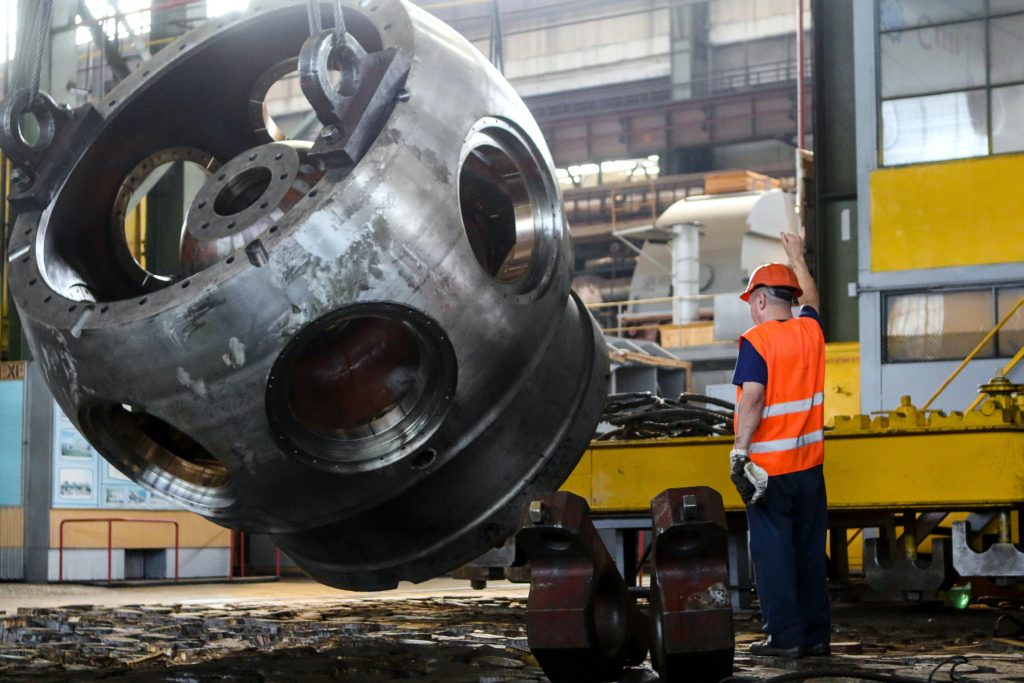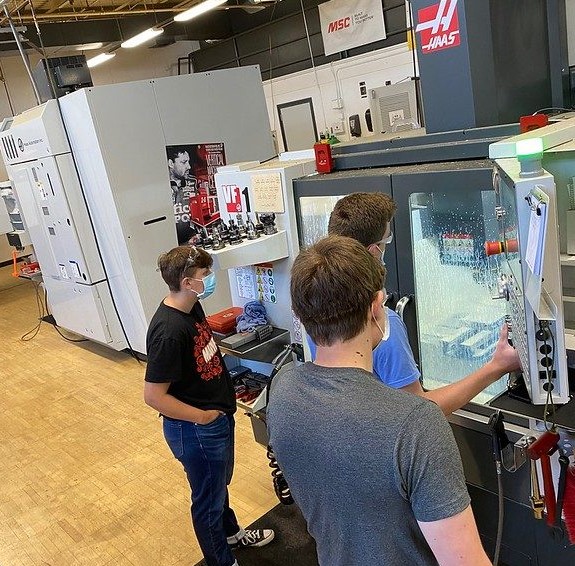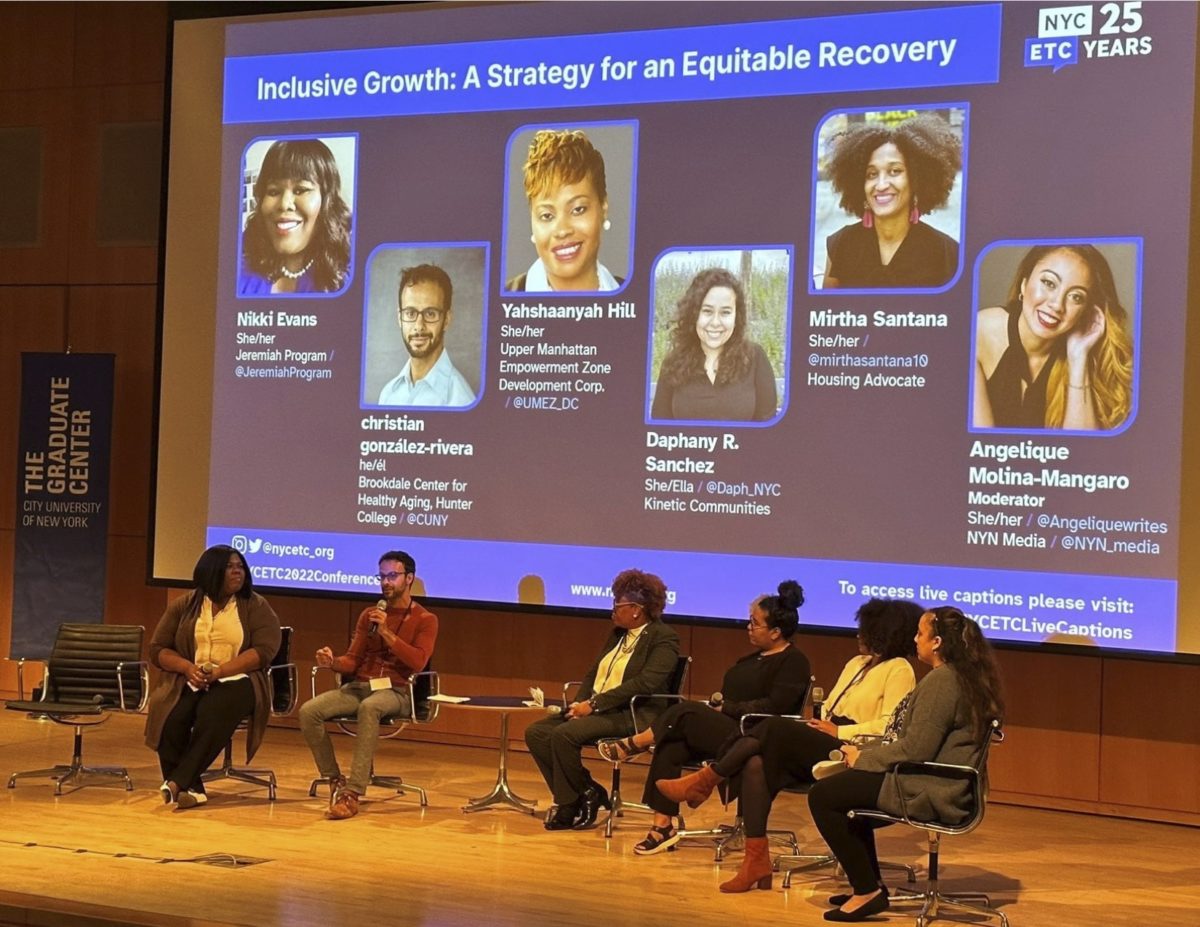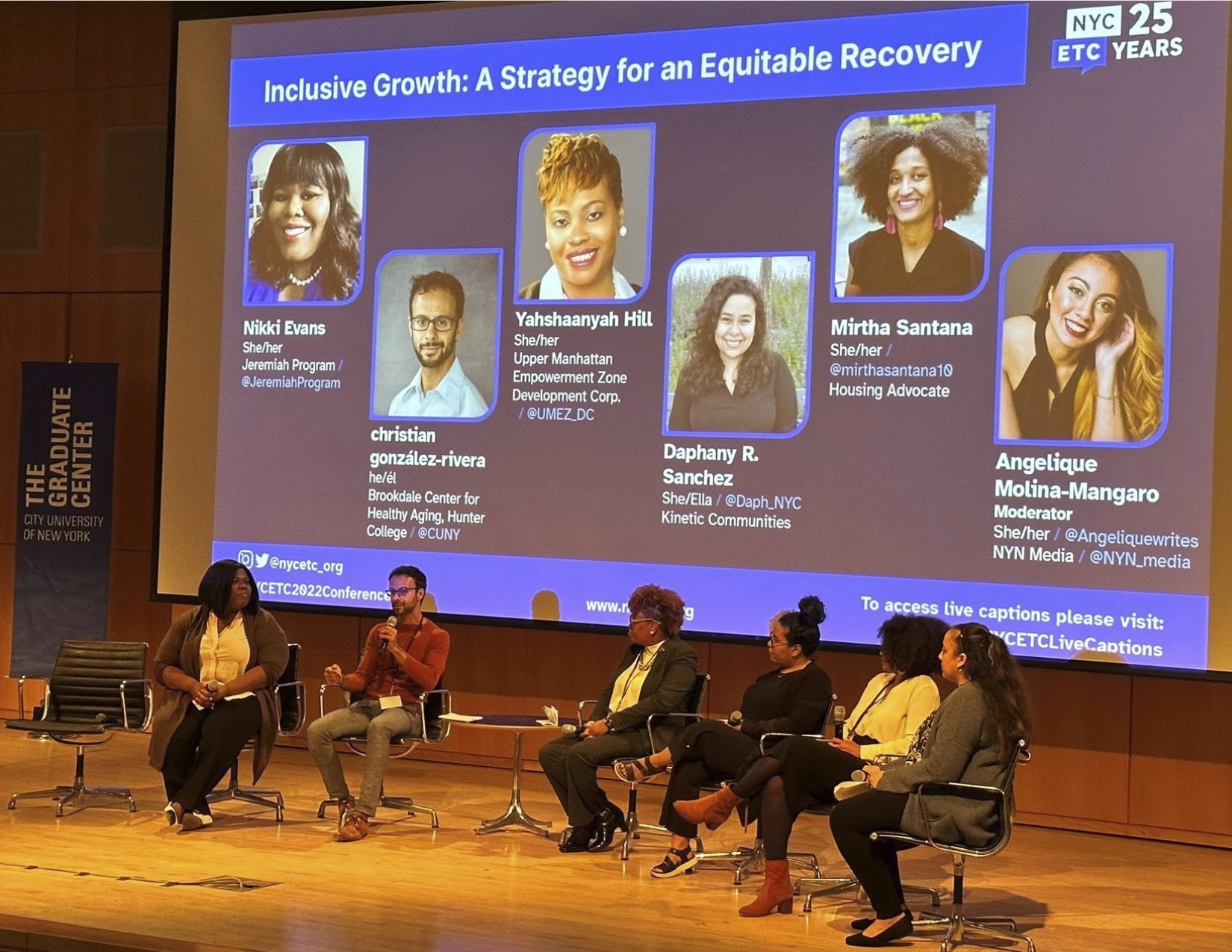Porcelli: The Other Side of Education (12/1)
CTE Shop Class: Now It’s High-Tech
CTE is… Smart Education
By Mike Porcelli
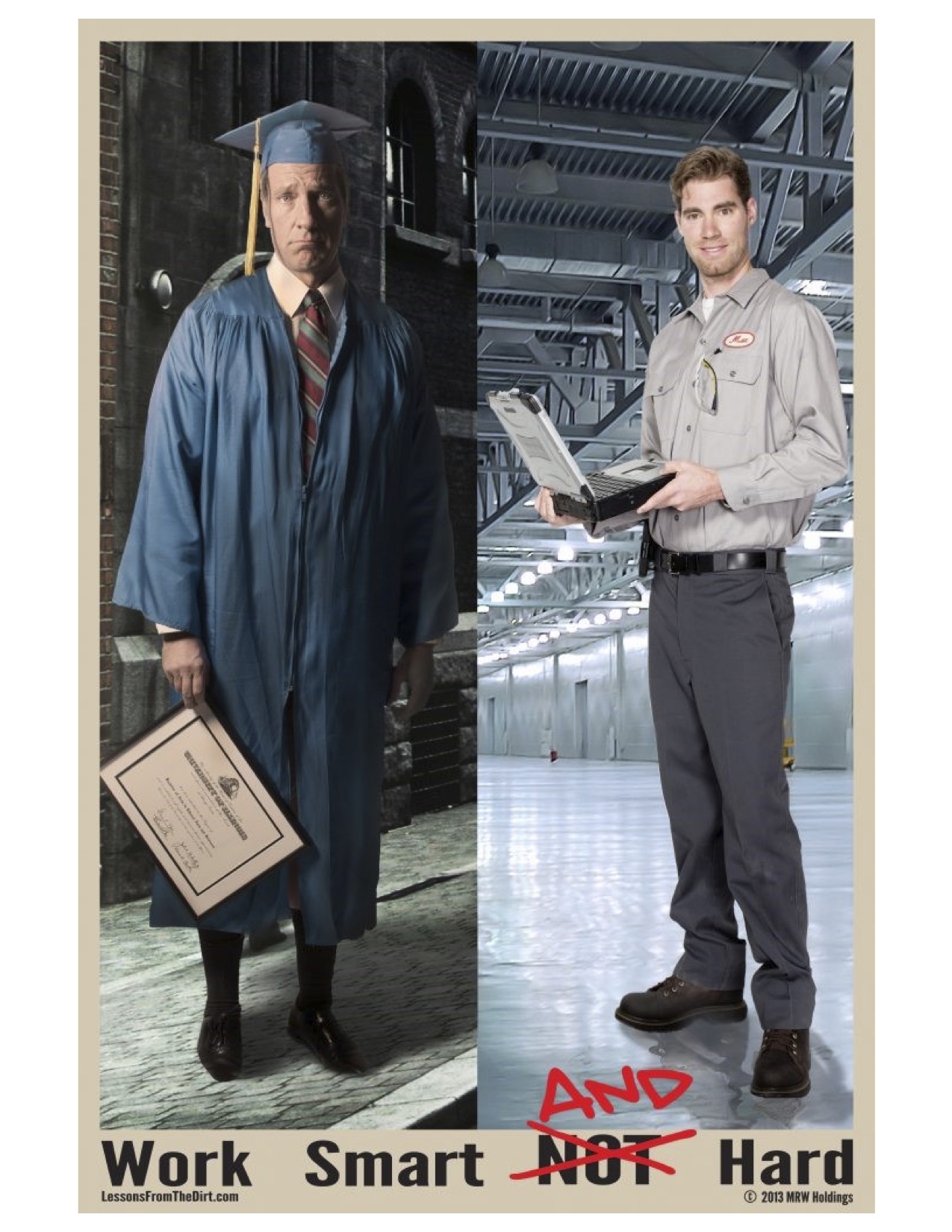
Recently, I’ve written about the many educational opportunities our country offers. On the Fourth of July, I wrote that our founders believed in our right to pursue, “our happiest careers,” and called for a revolution to restore trade education for all who need it.
Why are some students still deprived of their best education options? Based on my 60 years of observing the education system, from vocational student, to teacher, to advisor and now advocate, the answer is…in the first half of the last century, schools produced the skilled workers who built and maintained the technology that made us a superpower. What happened to the schools that made that possible?
Many WWII veterans used the GI Bill to attend college, some used military and trade skills to get jobs, while others used them to start businesses. When my generation entered school, most college-grad parents thought their education made them “superior,” to those without degrees and sought that same status for their children, while workers without college felt somehow “inferior” to their “educated” contemporaries.
They too, wanted that higher status for their children. As a result, most parents encouraged us to get college degrees, believing that was our best course.
Many educators continue to promote that thought, regardless of students’ needs and abilities. They urge, college is the recommended path for everyone, except the “unintelligent.” This philosophy, espoused by most educators, is the basis for the decline of trade education that caused the current skilled-worker shortage.
But don’t despair – there’s still hope. Since long before I began calling for a revolution to correct the educational malpractice of recent decades, Mike Rowe has been leading the charge to restore respect for skilled trade workers everywhere. Those who he constantly says, use their trade skills to make modern civilization possible.
In his two decades of: speeches, TV and radio shows, books, podcasts and interviews, Mike “Dirty-Jobs” Rowe has consistently advocated for an appreciation of skilled workers – from auto and spaceship mechanics, to plumbers, welders and all trades in between. Each one is essential.
Every generation since mine has been raised on the slogan: “Work smarter, not harder” – the motto of the college-for-all mindset. The Mike Rowe Works Foundation, says that’s a dumb idea, and has changed it to reflect my guiding principle since high school – work smart and hard.
He understands that trade jobs are also high-tech jobs, requiring hard work plus advanced training, from a variety of sources – not just college.
The restoration of trade education is the solution to the critical skilled worker shortage. To accomplish this, I suggest the continuing education requirements for every school teacher and administrator, including studying Mike Rowe’s work at: https://www.mikeroweworks.org/ , where they can learn more about useful education – than they did in college.

CTE is smarter for half our students. Make it available to all who need it.
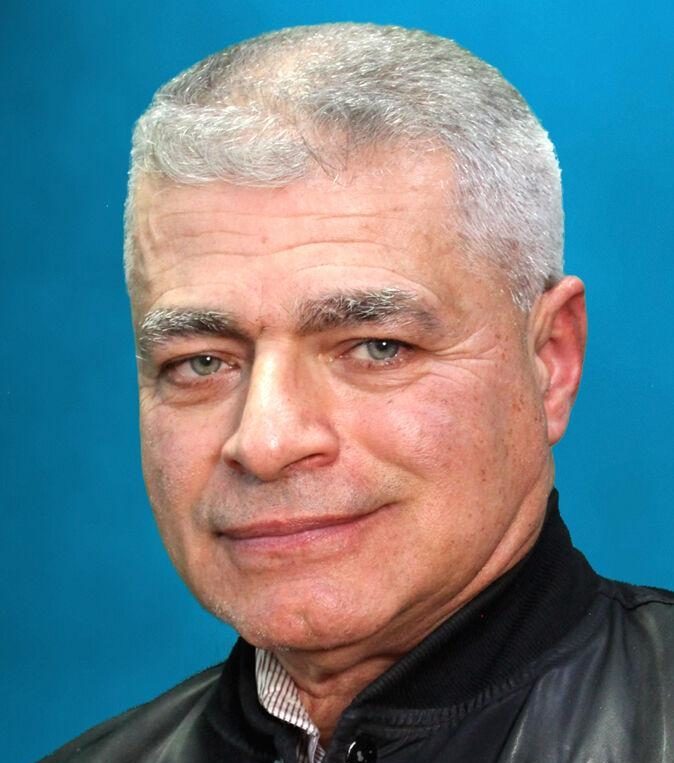
Academic & Trade Education are Two Sides of a Coin. This column explores the impact of CTE programs on students, society, and the economy.
Mike Porcelli: life-long mechanic, adjunct professor, and host of Autolab Radio, is committed to restoring trade education in schools before it’s too late. https://www.linkedin.com/in/mike-porcelli-master-mechanic-allasecerts/



